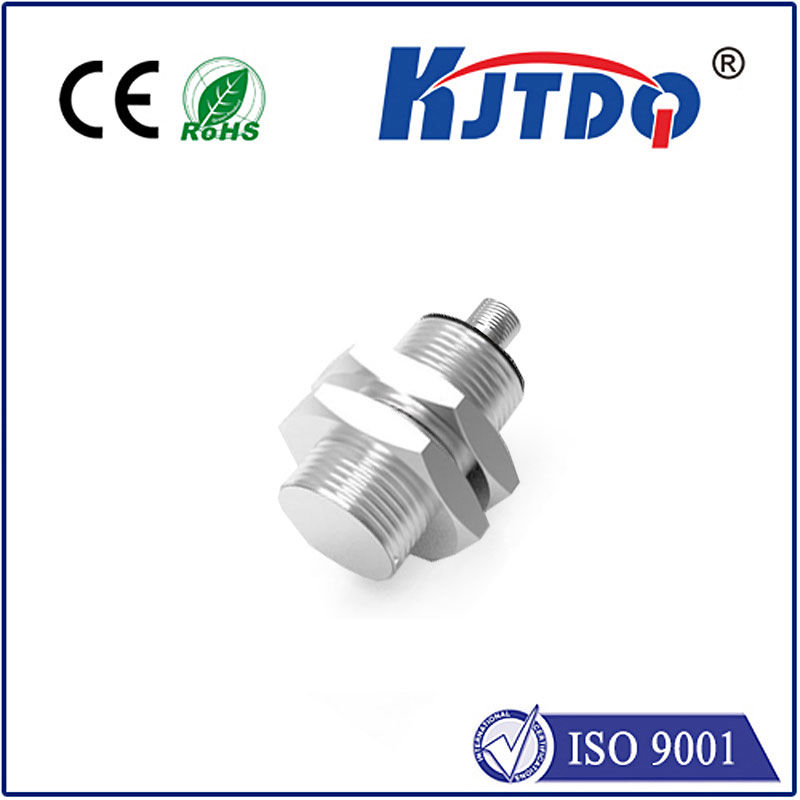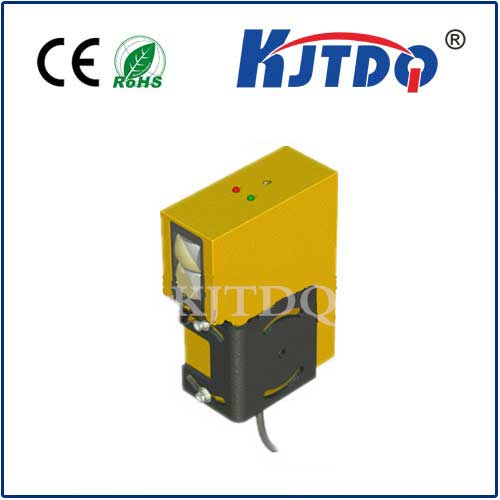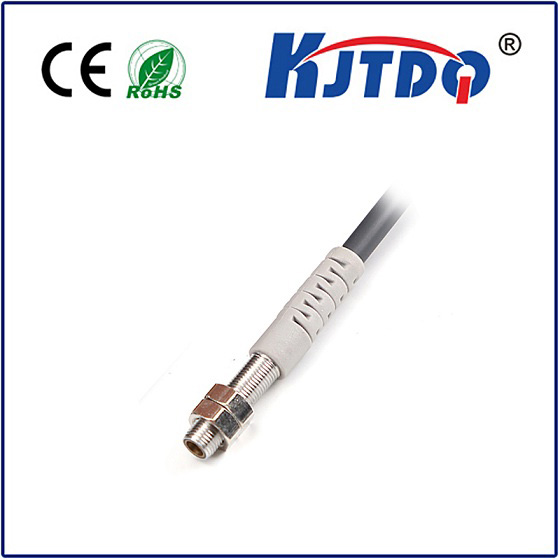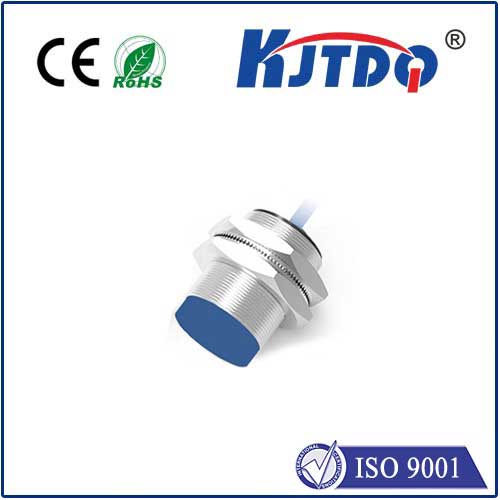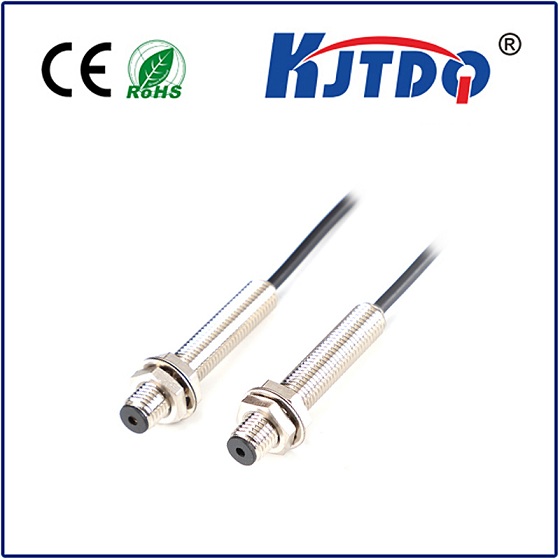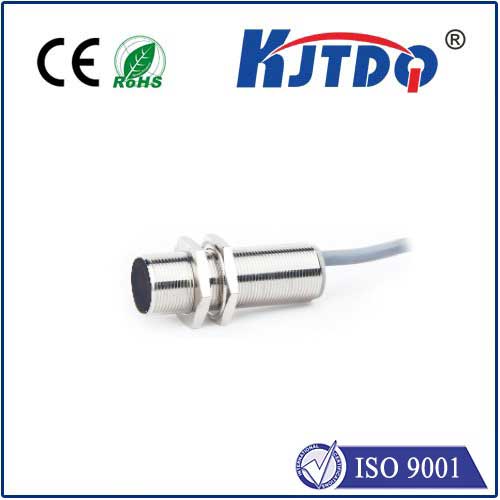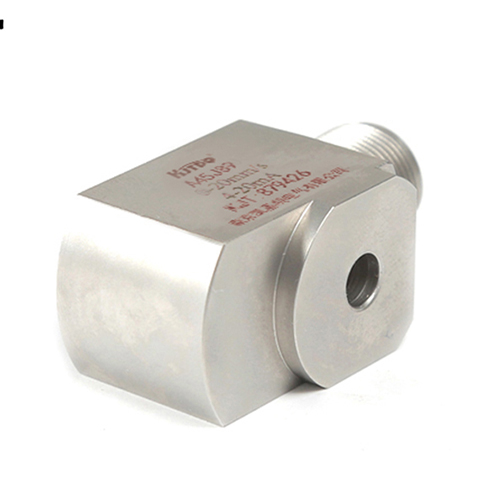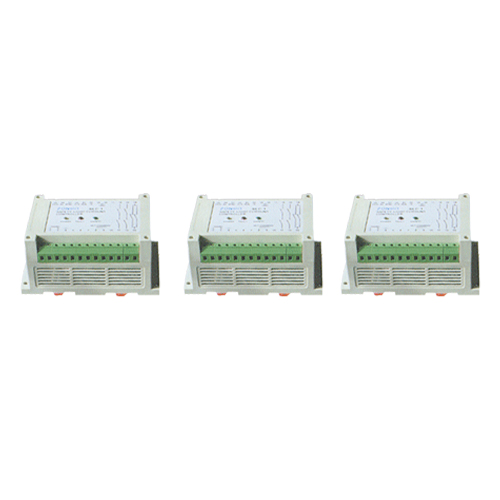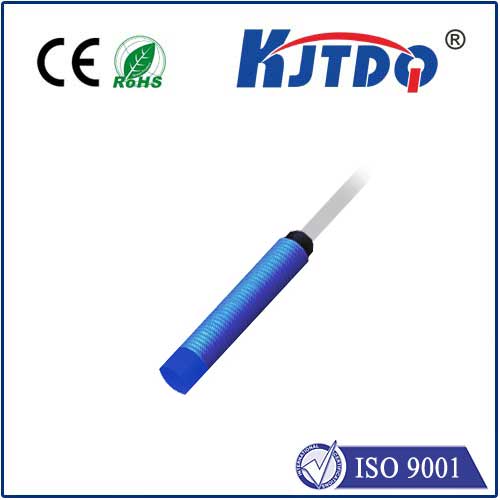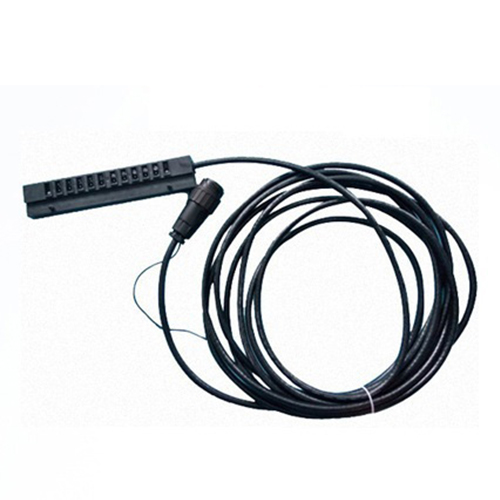

check

check

check

check
Proximity switches, also known as inductive proximity switches or magnetic proximity switches, play a crucial role in automation systems. These small devices are used to detect the presence or absence of an object and provide an instant response, enabling complex processes to be controlled automatically. In this article, we will explore the various functions and benefits of proximity switches in industrial automation systems.
1. Basic principles of proximity switches
Proximity switches operate based on the principle of electromagnetic induction. They contain two coils: a primary coil that generates an alternating current (AC), and a secondary coil that is placed near the object being sensed. When an object comes into contact with the switch, it causes a change in the magnetic field around the object, which interacts with the secondary coil and generates a voltage proportional to the distance between the object and the switch.
2. Types of proximity switches
There are several types of proximity switches available on the market, each with its own unique features and applications:
a) Fixed-position proximity switches: These are installed in fixed locations and are triggered when an object comes within a certain distance of their detection area. They are commonly used in security systems, access control systems, and other applications where precise positioning is required.
b) Motion-sensitive proximity switches: These switches are triggered by the movement of an object within their detection zone. They are often used in manufacturing processes where objects need to be tracked and monitored in real-time.
c) Ping-pong proximity switches: These switches use a technique called "ping-pong" to detect the presence of an object. When an object comes into contact with the switch, it creates a brief pulse of electricity that is detected by the secondary coil. This pulse is then used to trigger an output signal, allowing the system to respond accordingly.
3. Applications of proximity switches in industrial automation
Proximity switches have numerous applications in industrial automation, particularly in areas where precision, speed, and reliability are critical:
a) Material handling systems: Proximity switches are used to control the movement of robots, conveyor belts, and other materials handling equipment. They enable these systems to sense the position and orientation of objects within their environment and adjust their behavior accordingly.
b) Factory floor monitoring: Proximity switches can be integrated into factory floor monitoring systems to detect issues such as machinery malfunctions, equipment failure, or potential safety hazards. This information can then be used to optimize production processes and reduce downtime.
c) Assembly line management: Proximity switches can be used to monitor the position and movement of components during assembly processes. This enables manufacturers to improve quality control, reduce waste, and optimize production efficiency.
d) Inventory management: Proximity switches can be integrated into inventory management systems to detect the location of items within warehouses or storage facilities. This information can be used to improve supply chain management and reduce costs associated with misplaced or lost inventory.
